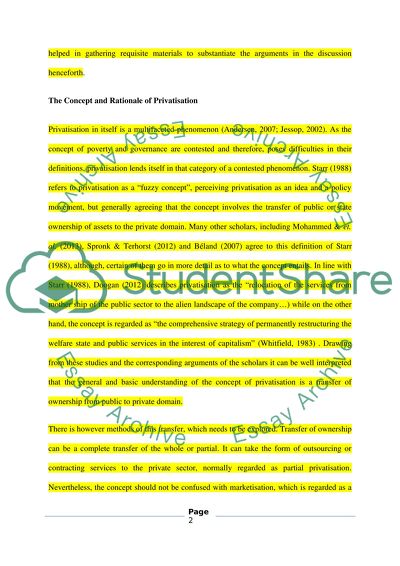Cite this document
(“What are the limits, if any, to the privatisation of the welfare state Essay”, n.d.)
What are the limits, if any, to the privatisation of the welfare state Essay. Retrieved from https://studentshare.org/sociology/1498785-what-are-the-limits-if-any-to-the-privatisation-of
What are the limits, if any, to the privatisation of the welfare state Essay. Retrieved from https://studentshare.org/sociology/1498785-what-are-the-limits-if-any-to-the-privatisation-of
(What Are the Limits, If Any, to the Privatisation of the Welfare State Essay)
What Are the Limits, If Any, to the Privatisation of the Welfare State Essay. https://studentshare.org/sociology/1498785-what-are-the-limits-if-any-to-the-privatisation-of.
What Are the Limits, If Any, to the Privatisation of the Welfare State Essay. https://studentshare.org/sociology/1498785-what-are-the-limits-if-any-to-the-privatisation-of.
“What Are the Limits, If Any, to the Privatisation of the Welfare State Essay”, n.d. https://studentshare.org/sociology/1498785-what-are-the-limits-if-any-to-the-privatisation-of.


